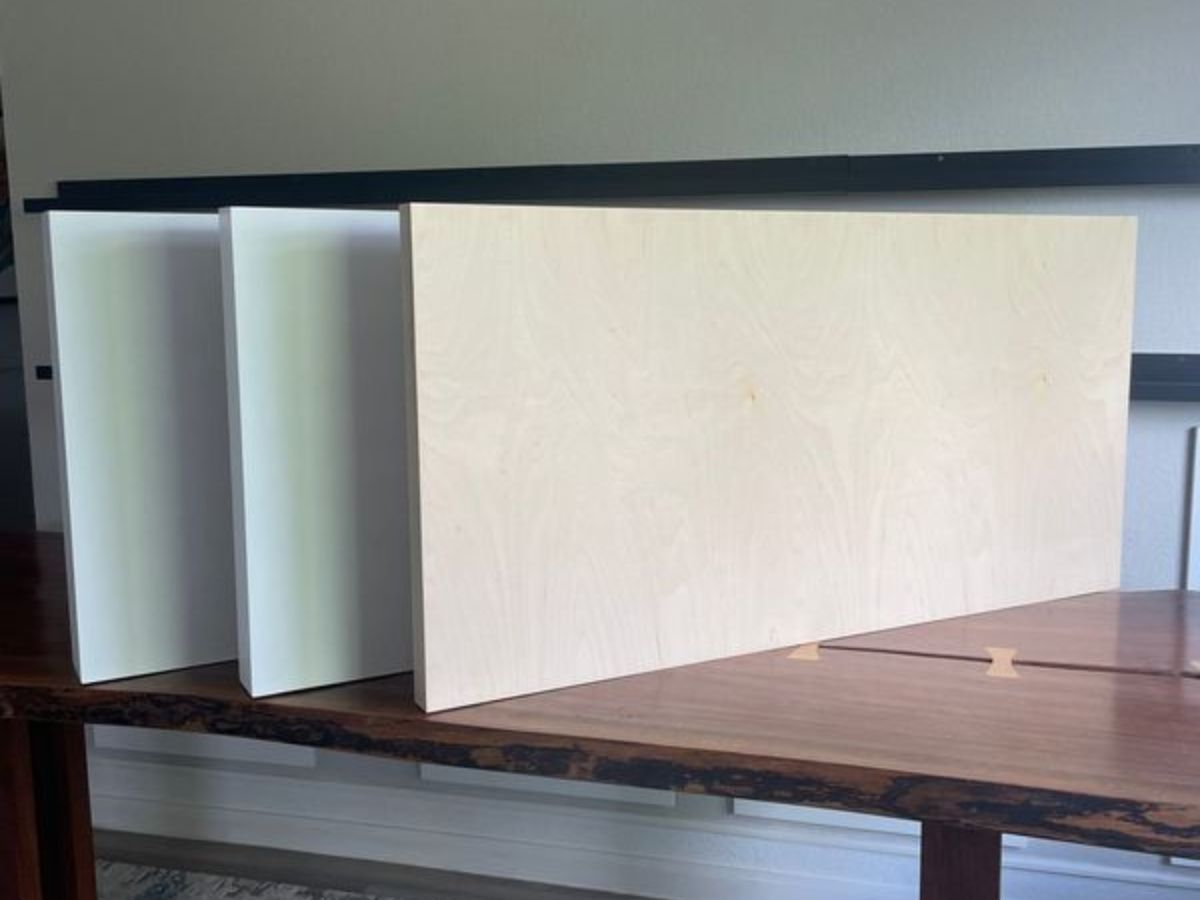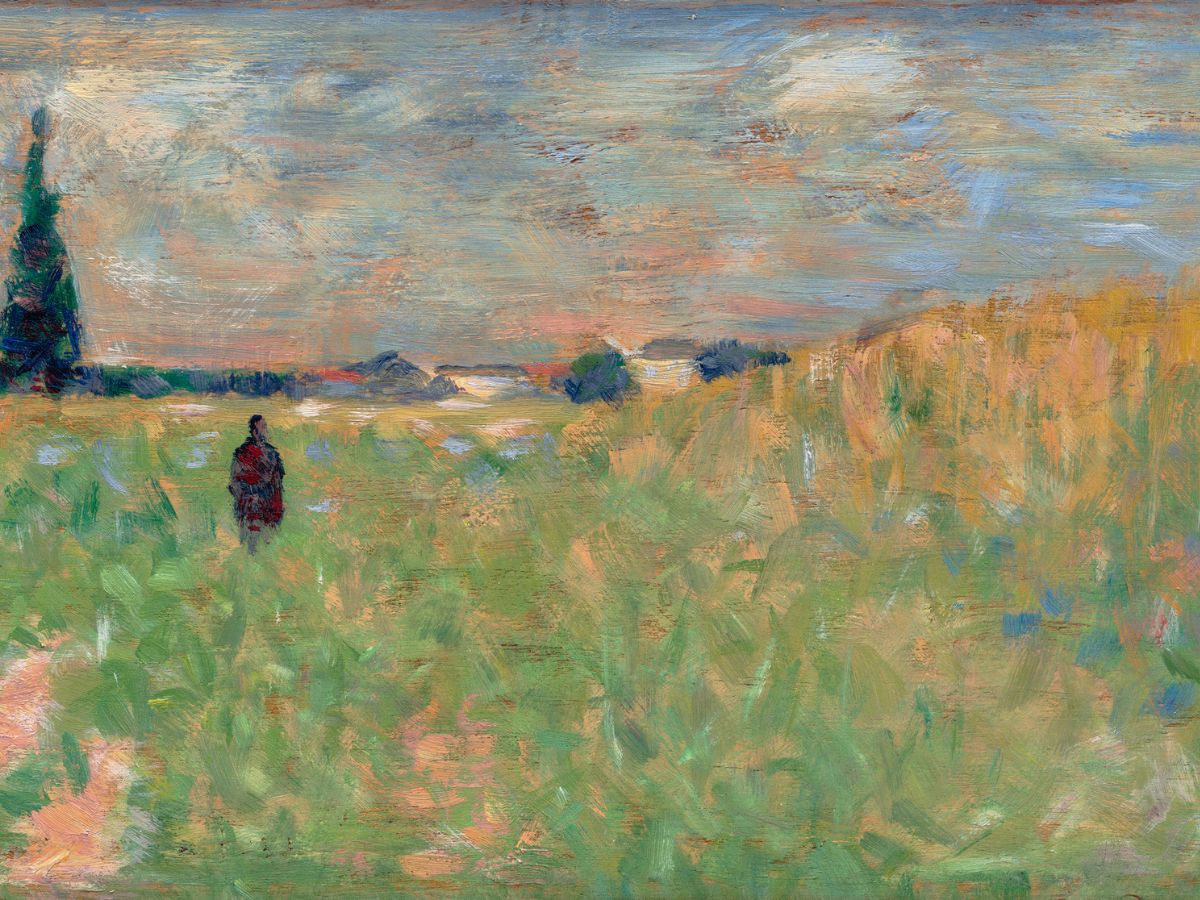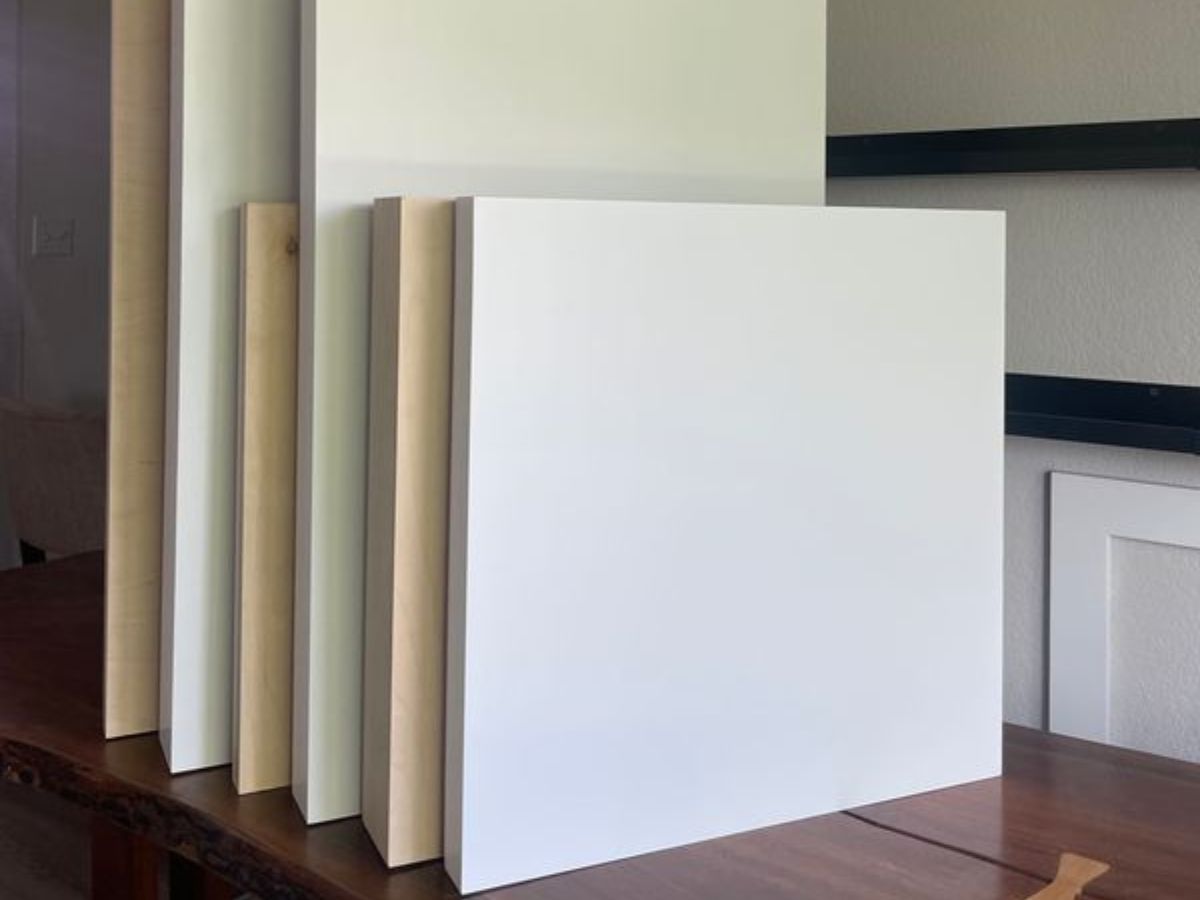
Why Every Painter Should Try Cradled Wood Panels
If you’ve mostly worked on canvas, switching to a cradled wood panel might feel like stepping into unfamiliar territory. But there’s good reason many contemporary and mixed media painters turn to cradled panels: they combine rigidity, stability, and a clean, modern presentation. Here’s why using cradled wood panels can be a game-changer.
What Is a Cradled Wood Panel?
A cradled panel is a wood or composite board mounted on a framework (“cradle”) of wood slats on the back. That cradle gives support and stiffness, preventing flexing, bending, or warping of the flat surface. It’s essentially a rigid, self-supported structure.
Unlike stretched canvas, which is flexible and can sag, cradled panels stay firm under stress. That’s the first big advantage.

Top Reasons to Use Cradled Panels
1. Stability against warping and bending
Because of the cradle structure, the panel resists flexing or bowing, even in changing humidity or when exposed to heavy paint or mixed media layers. That prevents distortion over time.
2. Firm, rigid surface
You have a solid base. Your brushes, palette knives, impasto, or heavy textures won’t make the surface move or bounce back. This is especially helpful when your technique includes thick layers, collage, or versatile media.
3. Archival potential and durability
A well-constructed cradled panel can last for decades with less risk of sagging, loosening, or damage due to frame stress. The rigidity helps preserve the integrity of the paint layer.
4. Frameless display and clean edges
Many cradled panels are built deep enough that you don’t necessarily need an outer frame since they stand well on their own. This clean, minimalist look is appealing in contemporary work.
5. Smooth surface and better control
Panels can be sanded, leveled well, and primed uniformly, giving better control over small details, fine lines, or mixed media layering. The consistent surface means your brush doesn’t catch or skip.
Things to Watch Out For
- Weight and transport: These panels are heavier than canvas, especially in larger sizes. Handle and ship with care.
- Edge treatment: Depending on cradle depth and board thickness, edges may need finishing (sanding, sealing) to avoid exposed raw wood.
- Climate control: While cradles help, extreme moisture or temperature swings can still stress wood.
- Cost: Cradled panels are generally more expensive than canvas or unstretched boards. Use them where they bring value (finished works, improved longevity) rather than for experimentation.
When to Choose Cradled Panels Over Canvas
- For final works intended for exhibition or sale.
- When using heavy texture, thick media, multimedia elements that stress the surface.
- When you want a rigid, stable support for archival confidence.
- When you’re looking for a clean, frameless finish.
